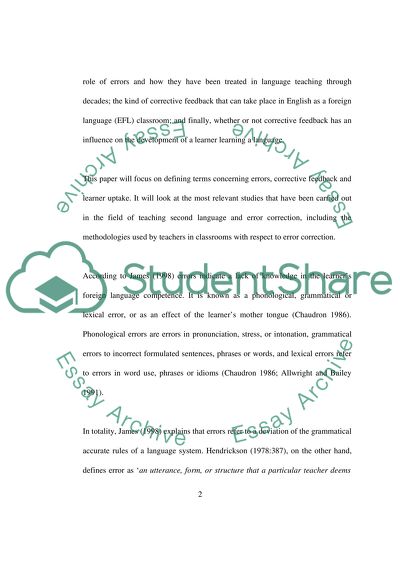Cite this document
(“Oral errorr correction for non-native speakers of English Essay”, n.d.)
Retrieved from https://studentshare.org/family-consumer-science/1425556-oral-errorr-correction-for-non-native-speakers-of
Retrieved from https://studentshare.org/family-consumer-science/1425556-oral-errorr-correction-for-non-native-speakers-of
(Oral Errorr Correction for Non-Native Speakers of English Essay)
https://studentshare.org/family-consumer-science/1425556-oral-errorr-correction-for-non-native-speakers-of.
https://studentshare.org/family-consumer-science/1425556-oral-errorr-correction-for-non-native-speakers-of.
“Oral Errorr Correction for Non-Native Speakers of English Essay”, n.d. https://studentshare.org/family-consumer-science/1425556-oral-errorr-correction-for-non-native-speakers-of.


